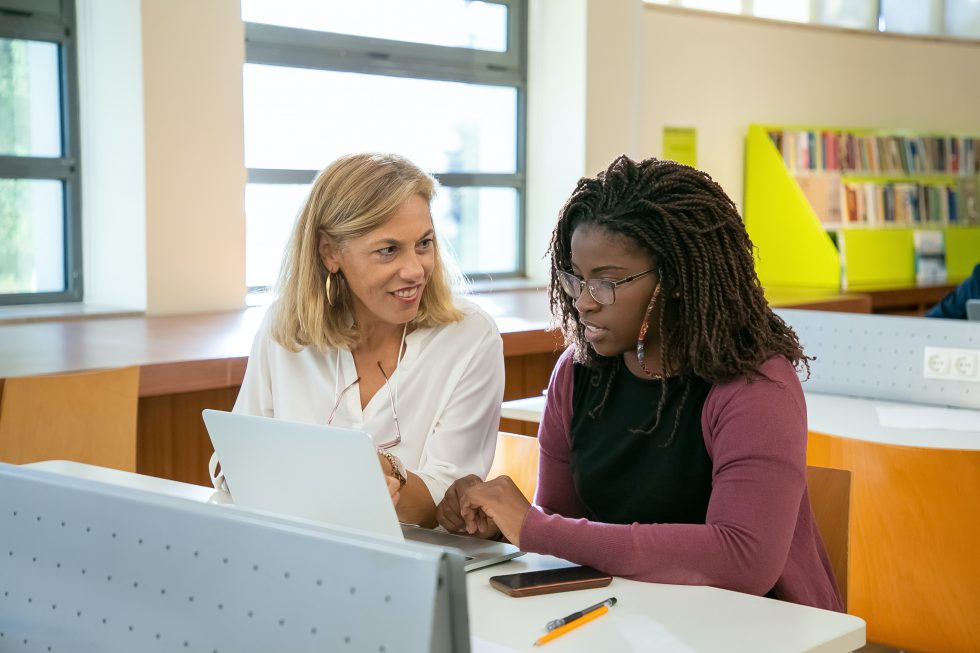Now that social media and internet use are more ubiquitous than ever, it’s essential to teach and promote digital citizenship. As teenagers use computers more frequently in the classroom and at home, we need to teach responsible technology use in high schools. The use of a digital citizenship program in high schools educates students about using the internet in a mature and cautious way.
Anti-Cyberbullying Education
With teenagers’ frequent use of social media, it is not uncommon to see signs of cyberbullying. A survey from the Cyberbullying Research Center stated that nearly thirty-four percent of high school and middle school students reported being cyberbullied. Cyberbullying can cause low self-esteem, thoughts of suicide, and other emotional trauma. Therefore, it’s essential to educate high school students on the damage it can do. Looking for an effective but entertaining way to teach students the dangers of cyberbullying? Amy Erin Borovoy offers a playlist of videos encouraging a friendlier online environment on social media.
Data Privacy and Security
Teach high school students to monitor and check up on their privacy settings online. First, show students how to confirm that a website is secure before sharing information. Next, teach students that they’re never truly private or anonymous online, no matter their account settings. These lesson plans show students that online anonymity is a myth. One activity leads students through the process of filling in their online footprint. This shows students the personal information they may already have revealed online. Through exercises like these, students learn firsthand why it’s important to protect personal data online.
Safe Content
Online safety also means keeping private images and messages out of the wrong hands. On Snapchat and Instagram, teenagers often believe their posts cannot be found if the account is private. However, this is false. Teaching students what content is appropriate to post is a very important step in digital citizenship education. This action will keep students from sharing inappropriate content or from creating it in the first place. Even if a student deletes a post, traces still exist. It’s important to teach students about digital artifacts like cookies, screenshots, and search histories. This site offers resources and lesson plans to teach a variety of grade levels that there’s no such thing as deletion. Teaching students this lesson will show them that their content never goes away, so what is put out there should be responsible and appropriate for all audiences.
Media Use
Good digital citizenship also involves taking social media breaks. According to a 2019 CNN article, American teens spend an average of seven hours on social media and apps like Netflix. Managing time in a responsible way is an important lesson for teenagers to learn for their future jobs and education. Another CNN article suggests that so much time spent online distracts teens from healthy and positive social activities. It also encourages a lack of sleep and exercise. Encouraging teens to spend more time offline can improve their physical and mental health.
Monitoring Software
Many schools use screen monitoring software as a tool to teach responsible technology use. Programs like LearnSafe monitor school computers for at-risk behavior, such as cyberbullying, threats of violence, and pornography. The presence of LearnSafe on school computers makes students more aware of their digital behavior. That awareness is an important step in learning to be a more responsible digital citizen. LearnSafe also detects predatory grooming as well as mentions of suicidal ideation and self-harm. This allows administrators to step in, helping vulnerable students get the help they need. In this way, LearnSafe not only teaches students to be better digital citizens — it also saves students lives.


